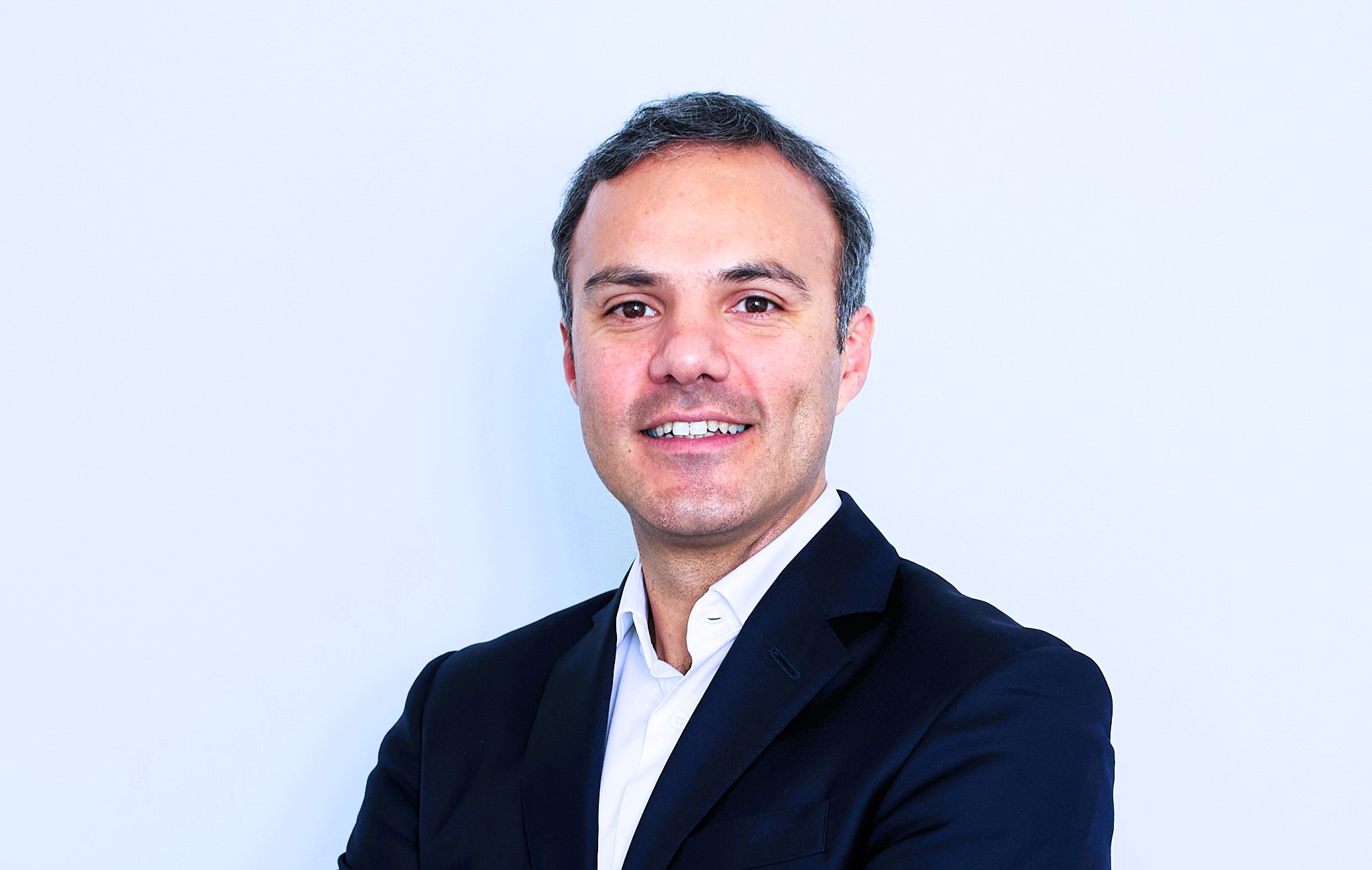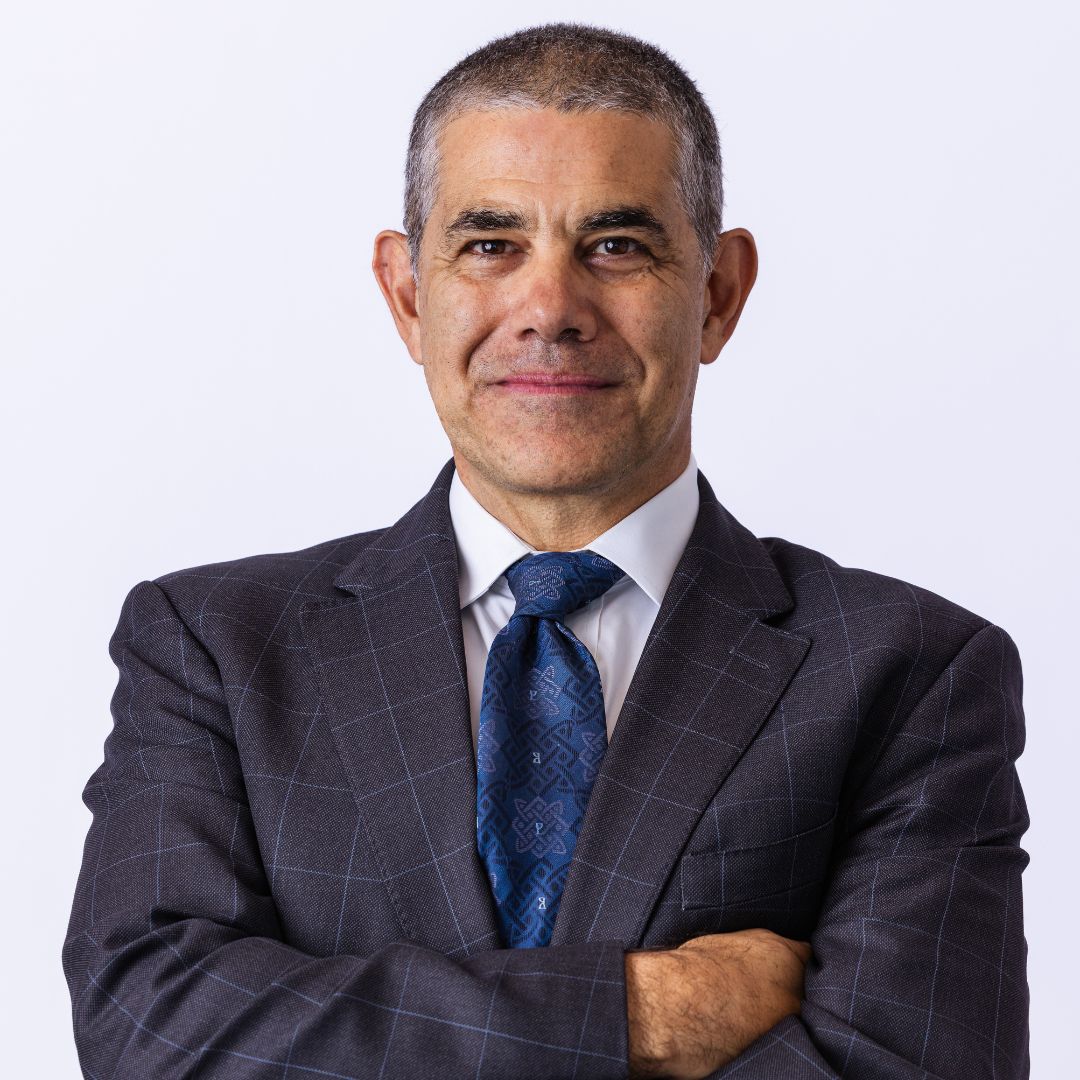Alberto Silva (BTG Pactual Chile): “It is essential to understand the changing needs of clients and develop business in the region”
| By Romina López | 0 Comentarios

Today, given the economic context marked by high levels of uncertainty, wealth management has gained relevance among managers, as it allows them to maximize and preserve the value of their clients’ assets through personalized financial and investment strategies. This includes protecting wealth by mitigating risks through diversification and selecting assets resistant to fluctuations. Additionally, it focuses on ensuring sufficient resources for retirement and facilitating efficient wealth transfer to future generations. Wealth management also involves continuous adaptation to personal and market changes, always maintaining alignment with clients’ long-term goals and safely leveraging financial innovations.
Alberto Silva, a Chilean native, is the new Director of Multifamily Office at BTG Pactual Chile. With over 18 years of experience in the financial industry, he was a portfolio manager in fixed income, equity, and structured products. His transition to wealth management was driven by a desire to develop commercial and soft skills, in addition to his active management experience.
What are the biggest challenges you currently face as Director of Multifamily Office at BTG Pactual Chile?
The main challenge is to provide highly personalized and comprehensive service to high-net-worth families while maintaining a solid track record in an increasingly volatile and complex financial environment. Additionally, we face growing competition due to the emergence of advisors and small offices, along with technological advances that have intensified competition and reduced fees in the industry.
What strategies do you consider key for growth and sustainability in the asset and wealth management sector, especially in Chile?
It is essential to understand the changing needs of clients in a complex geopolitical and demographic environment. At BTG Pactual Chile, we focus on developing business in the region, leveraging local investment opportunities, and benefiting from a robust team in major financial centers worldwide.
What are the key trends in the wealth management industry?
There is a growing trend toward greater diversification of portfolios, especially with increased international exposure. The internationalization of portfolios, increased exposure to dollars, and the use of international platforms are key trends in an environment of rising uncertainty, demographic changes, and technological advancements affecting both the industry and markets. In this regard, BTG Pactual’s international platform has been crucial in providing Latin American clients access to markets in Europe and the United States.
Regarding the growth of the industry, do you think it will lean more towards separately managed accounts or collective investment vehicles?
There is room for both types of products. In our experience, institutional clients prefer separately managed accounts, while high-net-worth families tend to opt for collective investment vehicles. Throughout my experience, I have managed all kinds of assets, with a greater emphasis on fixed income strategies. At BTG Pactual, we use an open-architecture platform to invest with the best global managers, providing consistent value to our clients.
Do you allocate a certain percentage of a client’s portfolio to alternative assets, and how do these vary in terms of geographic location?
Yes, we have developed an alternative assets program with exposures ranging from 25% to 35% in products like private equity, private debt, and real estate. We have also been active in club deals, offering investments with higher returns and lower volatility, though with less liquidity. The underlying assets of these alternative investments vary geographically. Our open-architecture strategy allows us to invest with the best local and international managers, consistently identifying those who deliver high returns.
What is the biggest challenge in capital raising or client acquisition?
The biggest challenge is understanding the client’s needs to create a value proposition that combines their financial goals, expected returns, risk, liquidity, and the family’s values and legacy.
What factors do you think a client prioritizes when investing?
Clients prioritize expected returns relative to perceived risk, the efficiency and cost of investment strategies, and, increasingly, family values and the purpose of the wealth.
How is technology transforming the wealth management sector, specifically artificial intelligence?
Technology is democratizing investment opportunities through platforms and virtual assistants. Artificial intelligence facilitates rapid analysis of large volumes of information and the automation of administrative tasks, allowing us to focus on client relationships and identifying investment opportunities.
What are the most important skills a wealth management director should develop, and how do you personalize investment strategies to meet each client’s needs?
A wealth management director should develop essential skills such as analytical ability, effective communication, teamwork, and adaptability to change, especially in a volatile and challenging financial environment. To personalize a client’s investment strategies, at BTG Pactual, we have a highly qualified team both locally and internationally. In Chile, we are 12 professionals dedicated to the Multifamily business, supported by a team of 35 in the United States, Brazil, and Luxembourg, and backed by over 8,000 professionals worldwide.
Future of Wealth Management
In the next 5 to 10 years, Alberto forecasts a significant generational shift in investment decision-making. New generations are inclined toward alternative investments, venture capital, and strategies addressing technology and climate change impacts. This shift occurs in an environment of decreasing expected returns, driving a greater search for opportunities that offer both financial performance and positive social impact. The integration of advanced technology and the personalization of investment strategies will also play a crucial role in adapting to these new priorities and meeting emerging investor expectations.
Interview conducted by Emilio Veiga Gil, Executive Vice President at FlexFunds, in the context of the “Key Trends Watch” initiative by FlexFunds and Funds Society.










